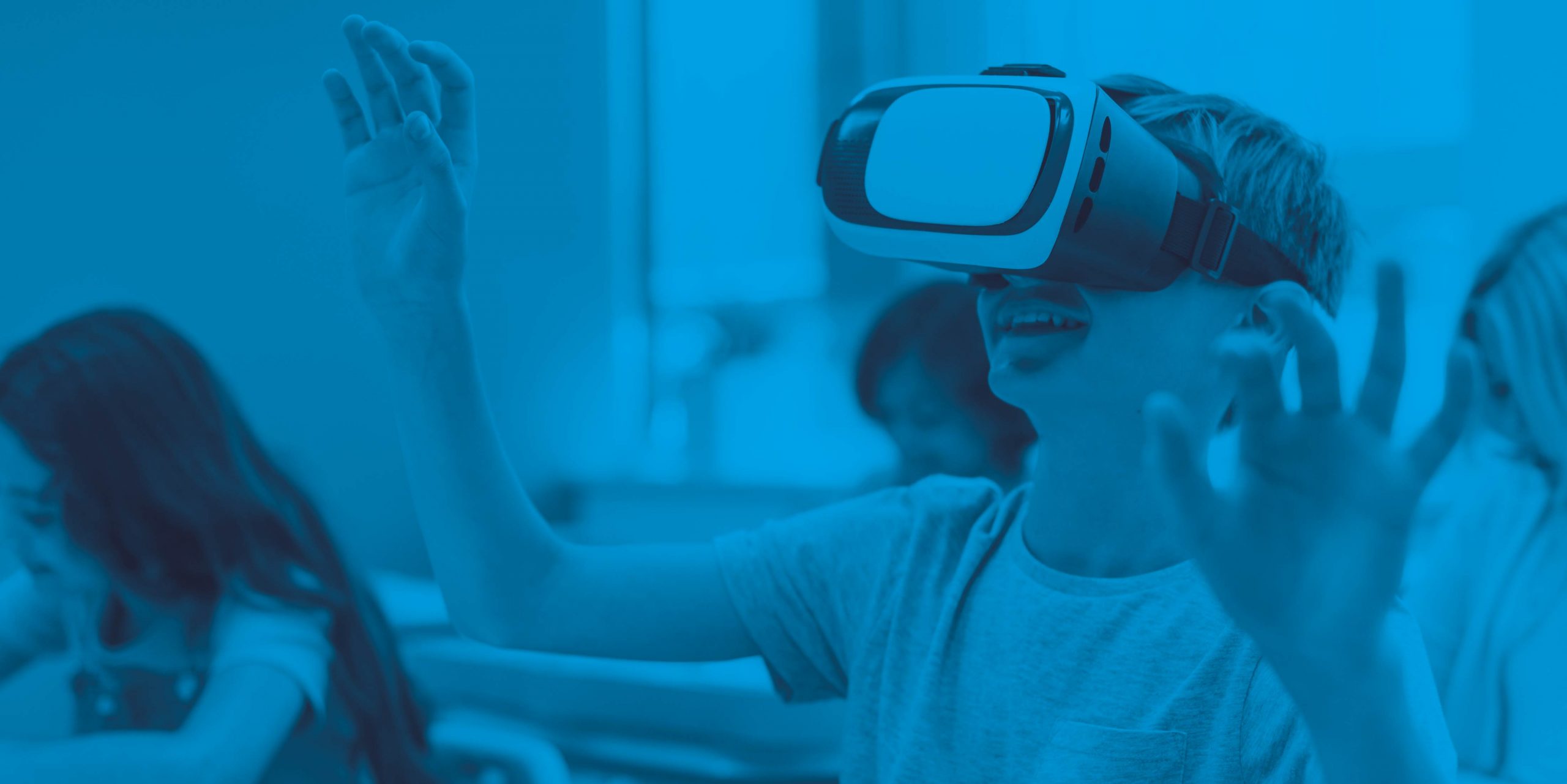20 November 2020
The digital transformation is a reality
By Jordi Viladrosa
A few months ago, a large part of the teaching community found themselves suddenly connected to a webcam to teach their students. And those pupils were waiting for the novelty of this model of distance education. Except for those who already are virtual education professionals: professors in Universitat Oberta de Catalunya (Open University of Catalonia, UOC), or those centres which offer online training courses, the vast majority of teachers opted for the direct application of their knowledge – much or little – about this new modality which has nothing to do with reproducing the classroom model, and for accelerated self-training. It was an ad hoc response to an overdue need which, in my view, was overcome quite satisfactorily despite all the difficulties.
Naturally, this is not the most appropriate way to respond to the newly emerging needs in the teaching profession, and it is only understood as an emergency action to achieve the objective of meeting the educational and personal needs of all students who are entitled to compulsory education. In fact, we even came to believe that this crisis would revolutionise educational system which would be even reinforced by more teachers being recruited, that innovation would be accelerated, and, once back in the classroom, we would see significant changes in the system. But it seems to me that this is not precisely what has happened.
The vital issue to consider is that changes cannot be improvised and that the regulations of educational administrations do not necessarily promote them.

The vital issue to consider is that changes cannot be improvised and that the regulations of educational administrations do not necessarily promote them. On-going training is the answer. But not just every instruction ensures that what is worked on a course achieves the transference that is expected in everyday teaching, and even less so that the intended changes end up being consolidated.
We are facing a health crisis that provides us with the opportunity to change the way we work, to collaborate with each other and also to train ourselves by taking advantage of the impact that the various online training platforms are having, both in our sector and in all the others.
How will digital transformation affect the profession?
Over the last eight or ten years, the digital transformation has been gradually integrated into companies. Educational institutions have also taken this step but unevenly, and it can’t be said it has been consolidated. Teachers’ digital skills are still in an initial phase. Despite the lack of practical and material resource, some are fortunately taking a step forward. They have the generosity to share what they do through multiple channels such as the various tutorials that we can find on YouTube or Vimeo, among others. Only this detail already provides us with self-training material when we face a specific need. So, we are not discovering anything new when we say that on-going training, what we call “life-long learning”, is essential. According to experts, the labour market – and the educational sector is no exception – calls for flexible professionals who can adapt to ever-changing circumstances. And now, more than ever, we have a wide range of training options at our disposal.
However, the educational transformation we need will not be viable only with these self-training processes, let’s say, individual and on-demand of personal needs. Still, it is prior that educational organisations have a defined pedagogical goal, design coherent training actions. These are meant to be followed by all professionals so that whatever is taught and worked in the courses has a real transference to the applied didactics of the different educational fields. The current training model, which mostly serves to accredit a job requirement, does not ensure a real influence on the professional development of its participants or on the organisation itself. The changes, the innovations, are not achieved with a more or less nourished collection of certificates.

Changes, innovations are not achieved by a more or less rich collection of certificates.
Dealing with insufficient digital competence on the part of teachers must be one of the priorities of on-going learning: these skills are currently a transversal requirement, and we should facilitate overcoming the considerable degree of digital illiteracy that the pandemic has made obvious*. This fact is part of the foresight on the digital strategy presented by the European Comission at the beginning of this year 2020 to “empower people with a new generation of technologies”. Along these lines, the aim of the action plan for digital education (2021-2027) is to ensure that education and training are adapted to the digital age. This plan has two long-term strategic priorities; one of them provides for “improving digital skills and competencies by developing guidelines for teachers to promote digital literacy and tackle misinformation”.
*The TALIS 2018 data show that, on average, training activities related to digital skills are the second most needed teacher training activity in secondary schools (18% of teachers indicate this need). It is also noted that 4 out of 10 teachers have not participated in any ICT-related training activity in the 12 months preceding the survey.
Should the school curriculum be changed?
PWe all agree that we face the challenge for our students to finish their secondary school having achieved the necessary skills to solve problems, be autonomous learners, know how to work in collaboration with other people and other thinking skills. This is why we should ask ourselves if we are preparing our students well enough for a VUCA society (i.e. an acronym in English to describe environments where volatility, uncertainty, complexity and ambiguity are elements to be taken on account). In order to adequately respond to this emerging social demand, we need to ask ourselves if we have to change the curriculum or if, at the very least, we need to transform our methodological model especially with the use of appropriate technologies in the classroom. Companies need professional and personal profiles that the school is still far from providing. Nobody can give what they don’t have. Therefore, us teaching professionals have to give priority to our own training in all these skills and see ICT (Information and Communication Technologies) and TAC (Learning and Knowledge Technologies) as good allies in this process that allows us to learn, exchange knowledge, collaborate among equals and, in short, not stop learning while we educate.
References
Aprender a aprender : el círculo virtuoso de la confianza. [Accessed 16 Novemnber 2020] https://humannova.com/aprender-a-aprender-el-circulo-virtuoso-de-la-confianza/
Calatayud Salom, M.A. (2020). La formación del profesorado en el escenario actual. Desafíos y oportunidades. [Accessed 13 November 2020] https://hdl.handle.net/10550/75968
Garrad, L. (2020). What are the Skills needed tono Create a Culture of Lifelong Learning. myHRfuture. [Accessed 12 Novemebr 2020] https://www.myhrfuture.com/blog/2020/9/30/what-are-the-skills-needed-to-create-a-culture-of-lifelong-learning
Meneses, N. (2020, 7 de octubre). Entrevista con Jeff Magioncalda. [Accessed 16 November 2020] https://elpais.com/economia/2020/10/07/actualidad/1602063943_874241.html
Related to: Article
You might also like









Leave A Comment